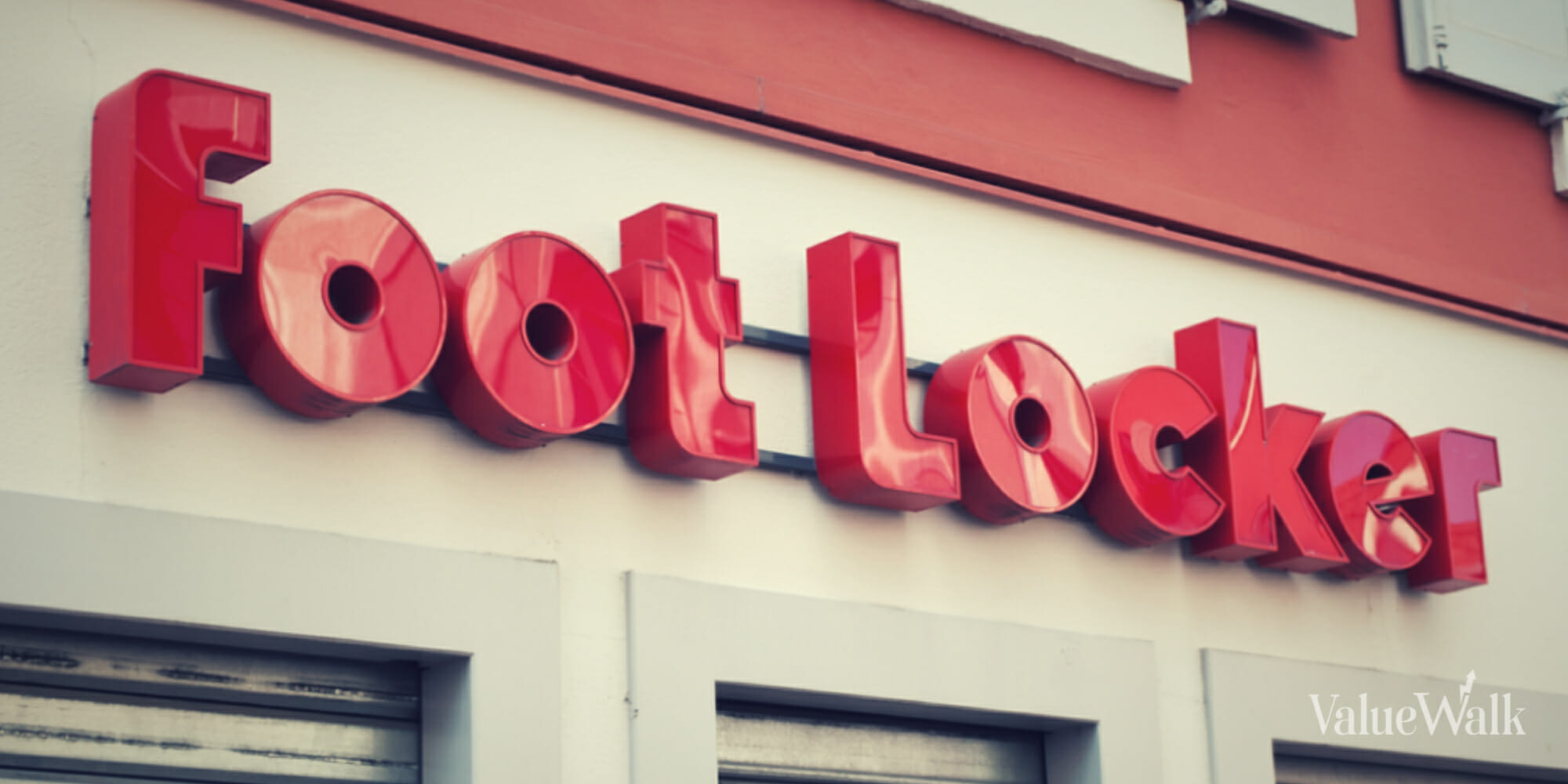As Foot Locker (NYSE:FL) stock tumbles nearly 30% in a single day, investors might wonder whether the company is collapsing. That’s not the case at all, as Foot Locker’s still-fresh financial data actually beat Wall Street’s expectations.
Yet, earnings beats aren’t always enough to quell investors’ concerns. Indeed, it appears that panic selling is afoot for Foot Locker stock, and it won’t be easy for the company to gain traction in the coming year.
Profitable? It depends on how you measure
Traders bid up the price of Foot Locker stock in the weeks prior to the company’s fourth-quarter earnings report, perhaps in anticipation of positive top- and bottom-line results. As it turns out, they were right in some ways, but they still lost money.
Before starting on a fiscal-data marathon, we should warm up with a note about Foot Locker’s inventory. A product oversupply has been an ongoing issue for retailers generally, so an inventory reduction is actually good news when it occurs.
Thus, investors should be glad to learn that as of Feb. 3, Foot Locker’s merchandise inventories were down 8.2% year over year (compared to the end of the fourth quarter of 2022). Thus, at least we can conclude that Foot Locker has been able to move sneakers off of its shelves despite the inflationary pressures.
Not all of the news is positive though. In Q4 of 2023, Foot Locker’s same-store sales decreased 0.7%. Among other contributing factors, the company blamed “consumer softness,” so maybe the American consumer isn’t as resilient as some pundits seem to suggest.
Turning to traditional top-line metrics, Foot Locker’s total sales increased 2% to $2.38 billion, which isn’t a terrible result but isn’t anything to write home about. Still, this result exceeded Wall Street’s consensus estimate by nearly $100 million.
As for Foot Locker’s fourth-quarter earnings per share (EPS), it’s a bit complicated. The company disclosed that its diluted loss per share was $4.13, which looks like a dreadful result when compared to Foot Locker’s earnings of 20 cents per share in the year-earlier quarter.
On the other hand, using non-GAAP measurements, Foot Locker earned 38 cents per share in the fourth quarter. Thus, at least the company can claim per-share profitability from that standpoint.
Nevertheless, this result also represents a sharp decline versus the non-GAAP earnings of 97 cents per share that Foot Locker reported in the year-earlier quarter. However, the company did surpass Wall Street’s Q4 2023 consensus forecast of 32 cents per share in earnings under non-GAAP measurements.
Hence, like I said, it’s complicated. At the end of the day, investors can choose to see the glass as half-empty or half-full for Foot Locker. Apparently though, investors generally took a glass-half-empty view as Foot Locker stock tumbled 30% after the company published its quarterly press release.
The cost of “strategic investments”
Sometimes you’ve got to spend money to make money. At least, that appears to be the philosophy of Mary Dillon, president and CEO of Foot Locker.
“To further build on our progress, we are leaning into strategic investments in digital, store experience, loyalty and brand-building in 2024,” Dillon announced in Foot Locker’s Q4 2023 press release.
This might sound perfectly fine, but there are drawbacks to these types of “strategic investments.” After all, spending large sums of capital could dent Foot Locker’s bottom line in the coming quarters.
To put some numbers to this concept, Foot Locker provided full-year 2024 non-GAAP earnings guidance of $1.50 to $1.70 per share. This guidance range fell short of the analysts’ consensus estimate of $1.93 per share.
BTIG analyst Janine Stichter summed up the market’s concerns, stating, “I think it’s all in the context of the go-forward outlook… the challenge is really the go-forward outlook, which came in significantly below consensus.”
Presumably, this is a primary reason that investors decided to dump their Foot Locker shares. Besides, Foot Locker’s shareholders might not be willing to wait for the company to stage a turnaround.
“[A] lot of that improvement that they’re expecting is really in the back half of 2024, so we’re not getting any immediate improvement,” Stichter clarified.
Short-term stock traders aren’t known for being extremely patient, so the rout in Foot Locker stock makes sense in this context. Going forward, Foot Locker has the unenviable task of turning its “strategic investments” into near-term profits. Until/unless this happens, the market is likely to continue discarding Foot Locker stock like an old, worn-out pair of sneakers.












